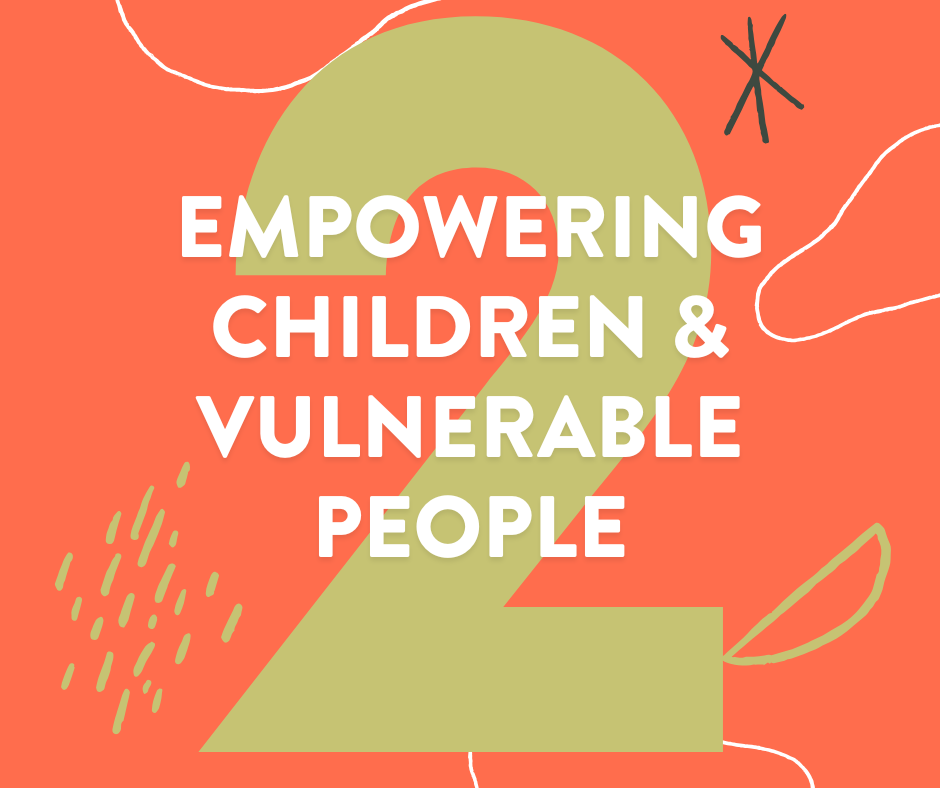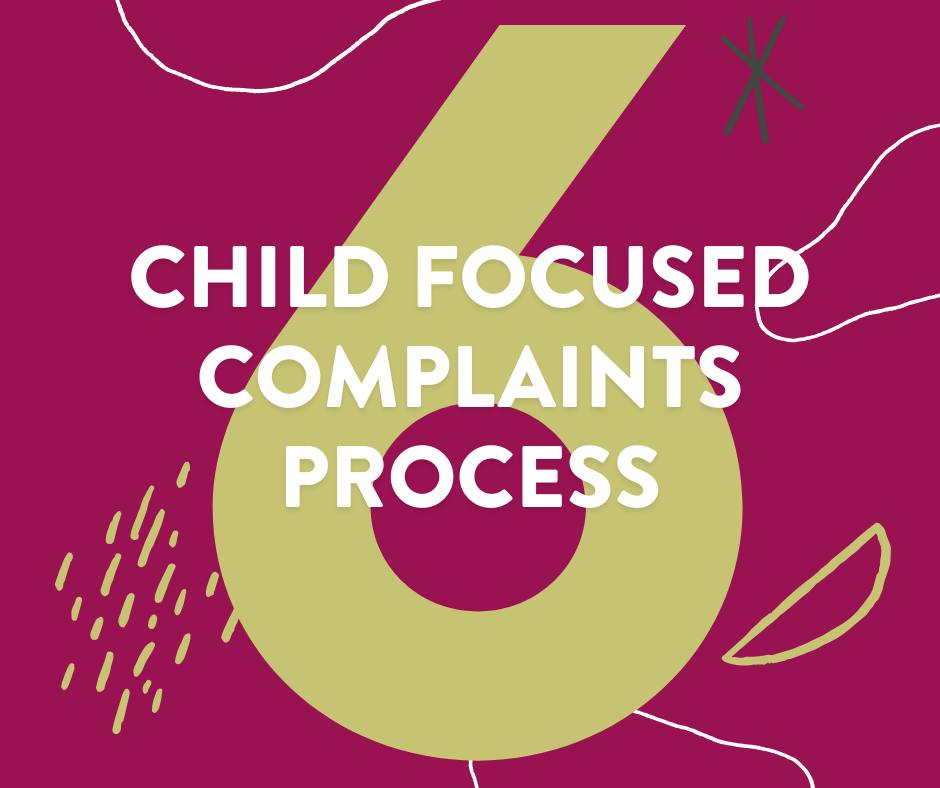ChildSafe Australia's Keeping Children and Young people safe - is designed for all people who work with children and young people.
This self-paced online course is designed to provide you with a good understanding of child safety in organisations and your role in creating a safe environment.
Based on the 10 National Principles for child-safe organisation and state child safety standards, ChildSafe's comprehensive training assists everyone to create safer environments for children and young people.
Course overview
After completing this course, you will have an understanding of:
Why Child Safety is important.
How organisations can create a culture of safety.
Who are children and vulnerable people
How to build a culture of safety and care
What is your duty of care?
How organisations and individuals can empower children.
`Principles of empowerment and inclusion
Importance of sexual abuse prevention programs
How you can empower children and vulnerable people
How to involve families and communities.
Open communications and engagement
Your role in open communications and engagement
How diversity and equity are promoted and respected.
Equitable access and how we can support equity
The difference between equality and equity
How to ensure staff and volunteers are suitable and supported.
What are the steps for appointing and screening suitable Safe People like you
What policies relate to working with children in your jurisdiction
What is the appropriate behaviour of a Safe Team
How your organisation's policies and practices, and effective complaints management should be accessible and responsive to indicators of abuse and disclosure.
What is the impact of abuse and how to respond sensitively to a child or vulnerable person who discloses abuse
What constitutes reasonable belief
What are the barriers to reporting child abuse and how to be prepared to report child abuse to authorities
The importance of education and training for staff and volunteers, and how your organisation can ensure that staff and volunteers are able to identify indicators of child harm and respond effectively.
What is abuse and the key abuse categories
What are the indicators/signs of abuse?
Some common myths about abuse
The importance of managing physical and online environments.
The purpose and importance of safety and risk planning
Basic risk factors and a scenario for evaluation of risks
High risk activities and critical incidents
Some risks in an online environment
How conducting reviews ensures that policies and procedures, including record-keeping practices, are being implemented by staff and volunteers.
Importance of reviews to improved implementation
How you can support the review and improvement process.
The need for your organisation to have policies and procedures, documenting how it ensures children’s safety and wellbeing.
What is appropriate behaviour and how the Code of Conduct supports and regulates behaviours within the organisation
How to build a culture of safety and care
How the Code of Conduct can practically address specific situations and disputes
Important: As a result of this training you'll be asked to agree to a code of conduct in dealing with children and vulnerable people.
You will need to go through each of the 10 modules and answer the questions to complete this ChildSafe training.











